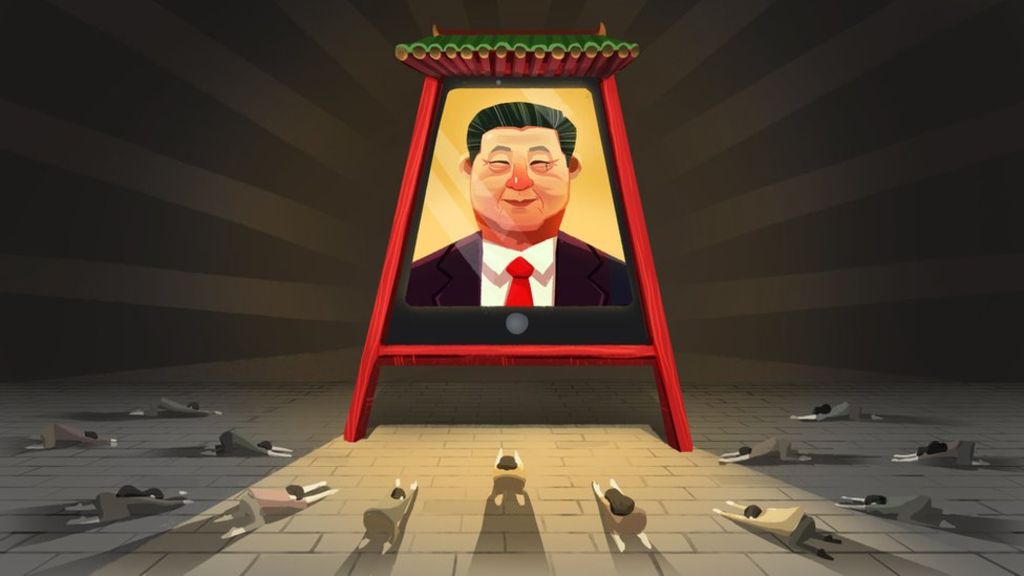
(TibetanReview.net, Nov14, 2017) – Like in urban neighbourhoods, rural villages and other centres across China, lectures to explain and publicize the spirit of the 19th National Congress of the Communist Party of China (CPC) held in Beijing over 18-24 Oct had most recently been organized by Party and government officials in Tibet’s capital Lhasa, reported the official globaltimes.cn Nov 12. The guiding spirit enshrined into the party constitution at the congress was the ‘Xi Jinping Thought on Socialism with Chinese Characteristics for a New Era’, which raised China’s new leader’s status to that of Mao Zedong.
Among other things concerning minority nationalities, including an anti-separatism call, Xi Jinping’s ‘new era’ thought is seen a mandating further sinicization of Tibetan Buddhism to suit the Chinese rule in its homeland.
The report said that Mu Hong, a member of the lecture group and deputy director of China’s National Development and Reform Commission, had spoken to residents of Sanyou village in Lhasa on Nov 10 on how to implement the spirit of the congress. It added that more than 900 local CPC members and officials had attended another of Mu’s lectures in Lhasa the day before.
The report cited Wu Yingjie, Party chief of Tibet Autonomous Region, as saying the region would further promote the spirit of the congress to companies, schools, temples and farming and stockbreeding areas.
The report said the lecture group mainly consisted of officials and scholars who were involved in drafting documents of the 19th CPC National Congress. It added that the first lecture was held in Beijing on Nov 3 and was attended by more than 3,000 people including local Party officials, company representatives and teachers and students from universities.
The report noted that over the last one week, lecturers had also spoken to groups in provinces across the country, including Northeast China’s Heilongjiang and Jilin provinces, North China’s Shanxi Province, East China’s Anhui and Fujian provinces, Southwest China’s Yunnan Province and South China’s Hainan Province.





